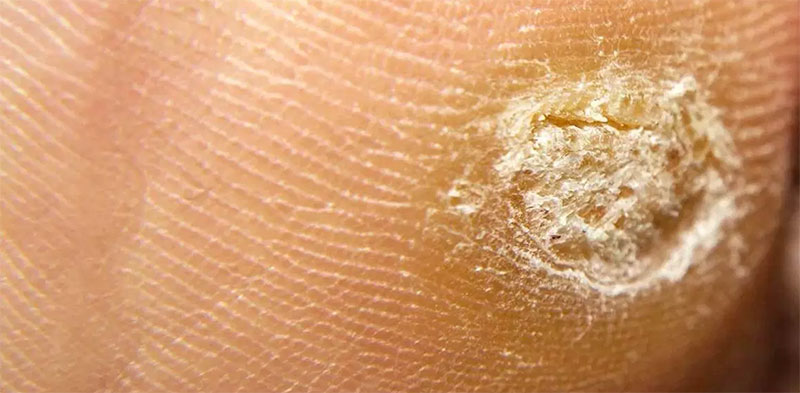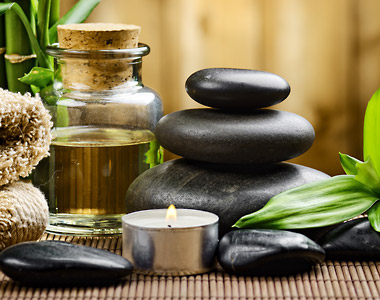
Are Calluses Harmful?
If you work at a job where you’re on your feet a lot – whether that’s serving, construction, teaching, cooking, or anything else – then you know how tough it can be on your feet. Even if you’re not standing all day, you’ve likely noticed that the skin on the bottom of your heels and toes is thicker and tougher than the rest. And that means you have some calluses of your very own!
A callus is a thick, tough, and hard section of skin that forms when constant slow friction occurs in one area over a period of time. This friction causes extra keratin-producing cells to accumulate, which remain in place when they die off and build up into a protective layer. With increased resistance to external pressure, and less sensitivity to touch and pain, they are the skin’s natural defense against prolonged irritation and friction of the live tissue underneath.
Calluses are most common on the bottom of the feet, as that is an area that is almost always in contact with a hard surface throughout our waking hours. They are also easily found on the hands or fingertips of weight lifters, rock climbers, guitar and violin players, golfers….the list goes on and on! Even children, with increased elasticity in their skin, are not immune, as calluses develop on their dominant hand from writing with a pen or pencil. In reality, calluses can form on anyone, on any part of the body, given enough time and friction (although if it happens too fast, a painful blister or burn appears instead).
So are calluses harmful? No, they aren’t, but they can become painful if they get too thick. The mass of dead skin pushing on the underlying tissue can cause discomfort and sensitivity, and if they are constantly irritated, it may even be necessary to have them removed or thinned down. It’s best to have this done by professionals, because doing it at home can easily result in taking too much of the skin off, and potentially exposing the tissue beneath. This will not only be painful, but can lead to infection of the area – and that will cause many other problems in turn.
Remember, too, that calluses are likely to come back unless the habits or work that caused them in the first place are changed. Ill-fitting shoes, high heels, poor gloves, and other improper attire for sports or other activities are often the main cause of calluses, so if you want to avoid developing more in the future, changing any of those factors can be a good place to start.
If you do suffer from very hard, dry callused skin, don’t panic just yet – there are still some helpful steps you can take. Ensure that you properly moisturize the area regularly with specially designed moisturizing creams, such as Gehwol Med Salve for cracked skin (which you can obtain at Spa Escape for at-home callus prevention). These are useful for the feet, hands, or anywhere else that needs a bit of extra TLC, as the salve moisturizes the area, protects it from water loss, and softens the skin. We also have pedi-paddles, which are foot files that will allow you to gently control callus formation at home.
Of course, we offer pedicures, too – some, like the thermal pedicure, are designed specifically to infuse moisturizing nourishment to the feet, but all of them will include callus removal and cuticle trimming.
Above all, if you’re finding yourself callus-prone, don’t wait until they get so bad that you have to act. At Spa Escape, we can help your skin look, feel, and be its very best, even in the cold, dry winter air – so if you want your feet to be smooth and comfortable, simply contact us to book an appointment now. We’ve seen a lot of rough skin in our spa over the years, and believe us – yours will appreciate the gesture!

